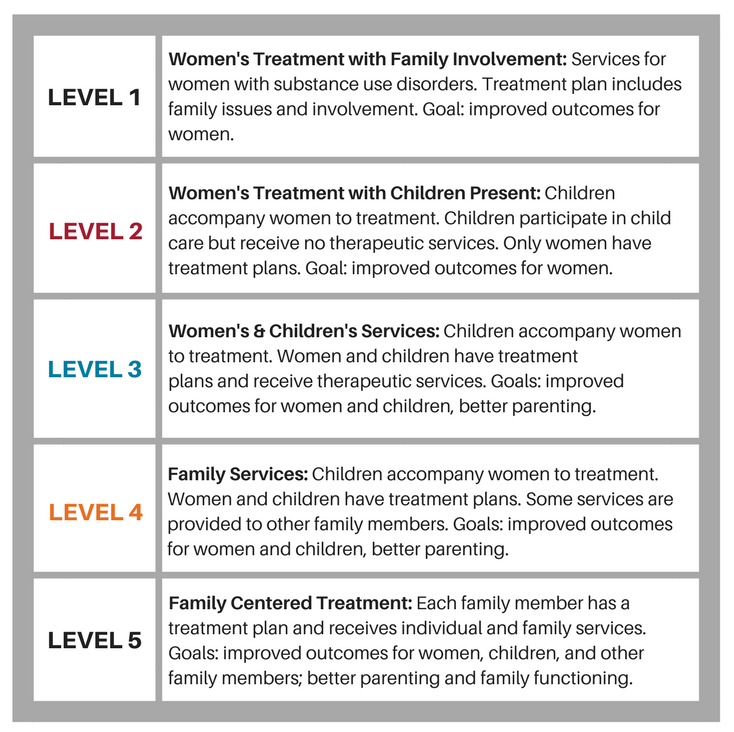

Patients meeting both DSM-5 and DSM-IV criteria had more negative drinking consequences, mental health symptoms and self-reported readiness to change compared with those meeting DSM-5 criteria alone or neither DSM-5 nor DSM-IV criteria. Only 1 patient (0.3%) met criteria for DSM-IV AUD alone.

Of 304 participants, 13.8% met criteria for neither DSM-5 nor DSM-IV AUD 12.8% met criteria for DSM-5 alone, and 73.0% met criteria for both DSM-IV and DSM-5. We compared characteristics across 4 mutually exclusive groups based on DSM-5 and DSM-IV criteria. VA primary care patients who reported frequent heavy drinking and enrolled in the CHOICE trial were interviewed at baseline using the DSM-IV Mini International Neuropsychiatric Interview for AUD, as well as questions about socio-demographics, mental health, alcohol craving, and substance use.

We evaluated the prevalence of AUD using DSM-5 and DSM-IV criteria, and compared characteristics of patients who met criteria for: neither DSM-5 nor DSM-IV AUD, DSM-5 alone, DSM-IV alone, or both, among Veterans Administration (VA) outpatients in the Considering Healthier drinking Options In primary CarE (CHOICE) trial.
#Dsm 5 alcohol use disorder manual
Criteria for alcohol use disorders (AUD) in the Diagnostic and Statistical Manual of Mental Disorders, 5th edition (DSM-5) were intended to result in a similar prevalence of AUD as DSM-IV.


 0 kommentar(er)
0 kommentar(er)
